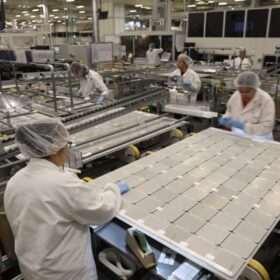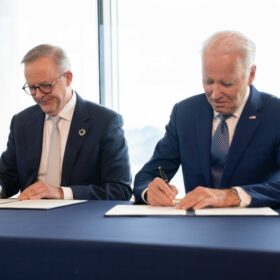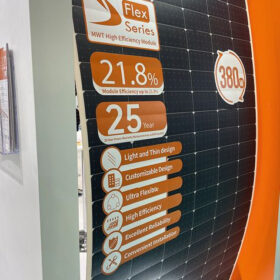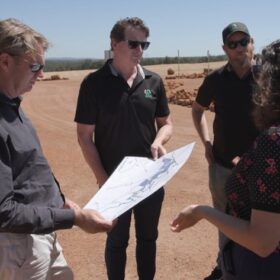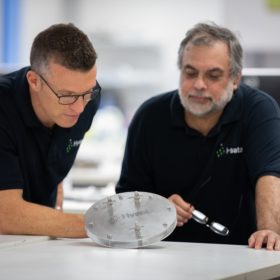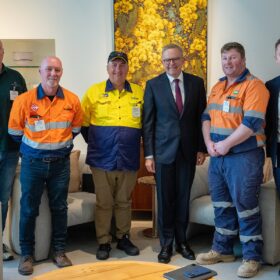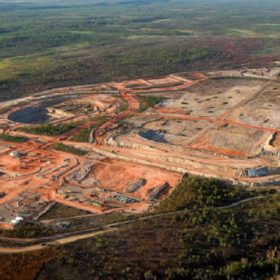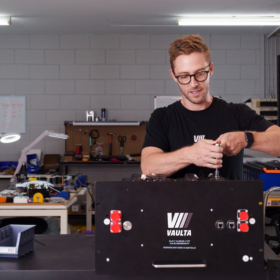Maxeon raises $300 million for IBC module manufacturing expansion
Maxeon Solar Technologies, the producer of the Maxeon and SunPower solar module brands, is raising capital from a USD 157.4 million ($237 million) underwriting of shares and a separate USD 42 million ($63 million) private placement with TCL Zhonghuan.
Australia signs new climate and clean energy deal with US
Australia and the United States have signed a landmark agreement with the two nations vowing to work collaboratively towards accelerating and expanding clean energy supply chains, renewable energy technologies manufacturing, and critical minerals supply.
Weekend read: Flex generation
A new generation of flexible, lightweight modules is entering the market. With back contact technology offering its own form of design flexibility and robustness, the new products could crack a hard-to-address market segment, as Jonathan Gifford explains.
Qcells builds pilot line for perovskite-silicon tandem PV cells in South Korea
Qcells says it is building a pilot line for perovskite-silicon tandem solar cells that will start operations later this year in South Korea. It is working closely with its team in Germany, where it has already established another pilot line for tandem cells.
International Graphite lands site for planned battery anode plant
International Graphite has made a key move in pursuit of its ‘mine to market’ strategy with the minerals startup securing a site for its proposed battery anode material manufacturing plant near the coal town of Collie in Western Australia.
Sharp unveils 570 W TOPCon solar panel with 22.07% efficiency
Sharp’s new IEC61215- and IEC61730-certified solar panel offers a power conversion efficiency of 22.07% and a bifaciality of more than 80%. The operating temperature coefficient is -0.30% per C and its power tolerance is 5%.
Hydrogen breakthrough sees Professor awarded $3.7 million to commercialise technology
A prestigious award, along with $3.7 million (USD 2.5 million) has been awarded to University of Wollongong electrochemist Professor Gerhard Swiegers for his efficiency breakthrough for hydrogen electrolysers, which are currently being commercialised by startup Hysata.
Major union proposes ‘punitive’ tax on export of raw critical minerals from Australia
An influential Australian union will propose a “significant, punitive tax” on the export of raw critical minerals as a means of promoting more value-adding onshore. The news comes as longstanding trade allies voice criticism over Australia’s growing momentum towards domestic manufacturing.
Another lithium mine approved in the Northern Territory
The Northern Territory government has granted the final approvals for Core Lithium’s BP33 underground lithium mine, part of the company’s ongoing operations in Darwin.
Influx of new companies and products enter Australia’s battery market
Battery companies hoping to get a foothold in Australia’s rapidly growing storage market were the main exhibitors at the Smart Energy Conference held in Sydney last week, outnumbering solar companies almost two-to-one. Pv magazine Australia looked at what is on offer and who the new hopefuls in the battery space are.
